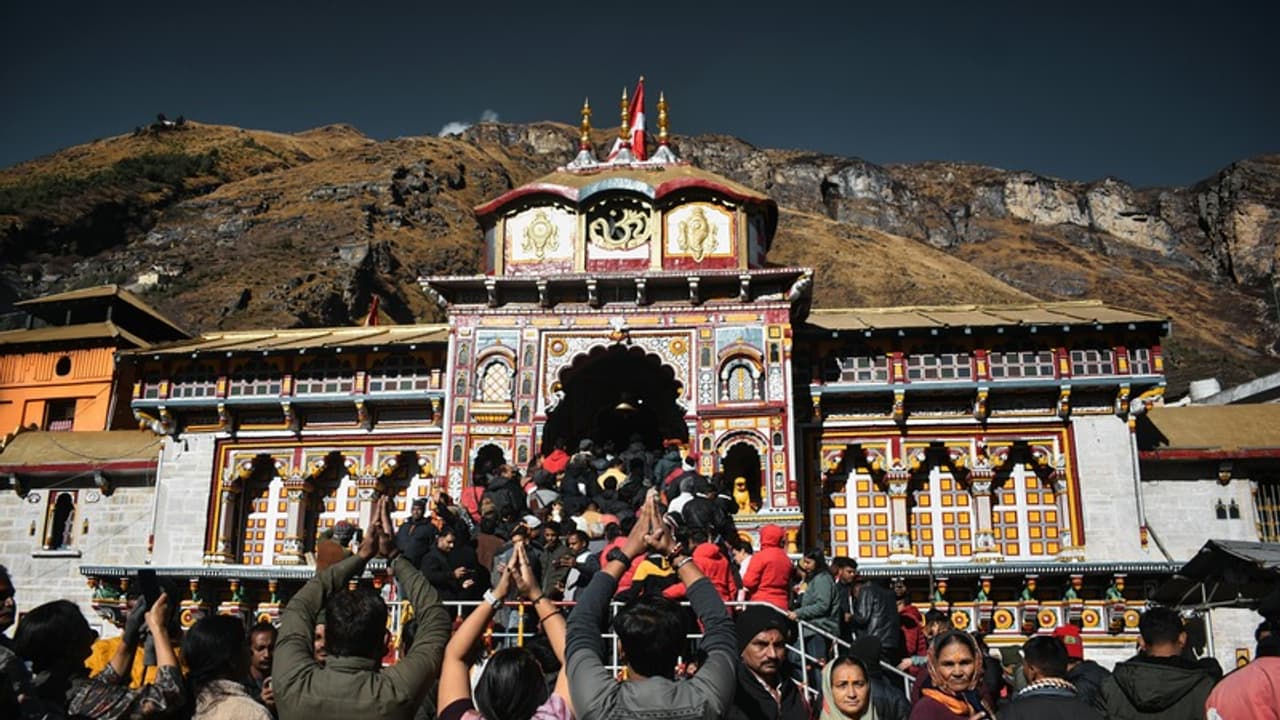The Char Dham Yatra in Uttarakhand begins on April 30th, 2025, with the opening of the Gangotri and Yamunotri shrines. Kedarnath's doors open on May 2nd, followed by Badrinath on May 4th.
Char Dham Yatra 2025: The annual Char Dham Yatra in Uttarakhand, encompassing Kedarnath, Badrinath, Gangotri, and Yamunotri, commences on April 30th (Akshaya Tritiya). The journey begins with the opening of the Gangotri and Yamunotri shrines, followed by Kedarnath on May 2nd and Badrinath on May 4th. Badrinath, steeped in religious significance and intriguing tales, holds a special place among these sacred sites. The opening of its doors involves numerous traditions. Let's delve into some fascinating facts about Badrinath.

Three Keys Unlock Badrinath's Doors
The Badrinath Temple, the last to open during the Char Dham Yatra, requires not one, but three keys for its grand opening. These keys are held by different individuals: the head priest of the Tehri royal family, the Mehta community (traditional custodians), and the Bhandari community (another group of custodians).
The First Prayers
The Rawal (head priest) is the first to enter the Badrinath Temple upon its opening, removing the special cloth covering the deity's statue and performing the initial rituals. This age-old tradition continues to this day, with the temple opening to the public only after the Rawal's prayers.
Signs from the Deity
Before the temple closes for winter in November, the deity's statue is coated with ghee and covered with a cloth. Upon reopening, the condition of the ghee is observed. It is believed that ample ghee signifies prosperity, while a lesser amount indicates potential drought or floods.
The Significance of Badrinath
According to scriptures, Lord Vishnu, in his Nar-Narayan avatar, performed intense penance at this site. Goddess Lakshmi, transformed into a Badri (jujube) tree, provided shade to Nar-Narayan. This divine act led to the place being named Badrinath.
Rediscovered by Shankaracharya
Buried under snow for centuries, the Badrinath shrine was rediscovered by Adi Shankaracharya during his travels. The current temple structure is attributed to him. The temple houses a one-meter-tall black stone statue of Lord Vishnu, believed to be self-manifested (not man-made).
Disclaimer: Astrology predictions are for informational purposes only and should not be considered as professional advice. The information is sourced from other reliable websites.


